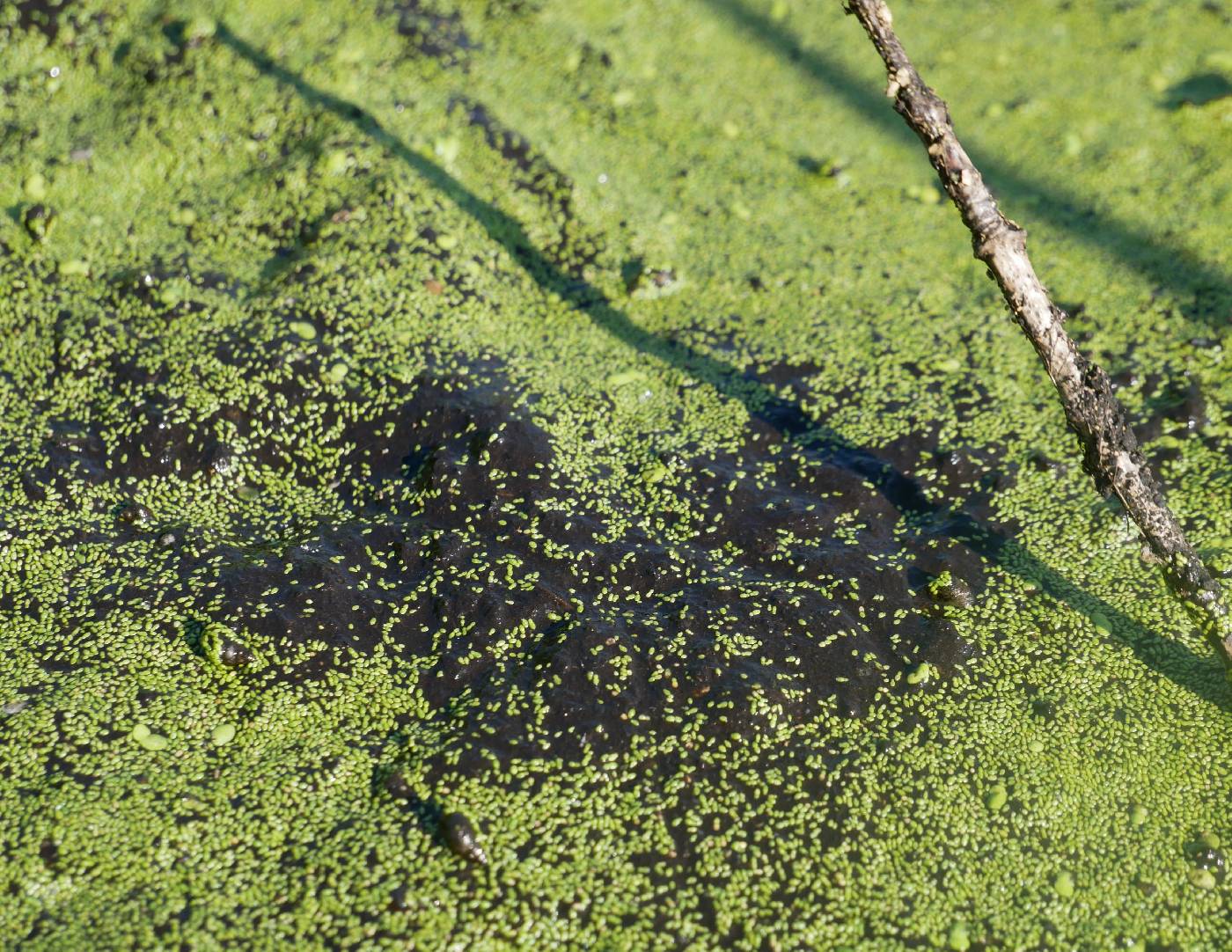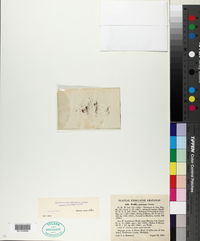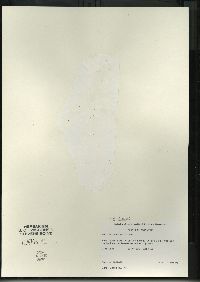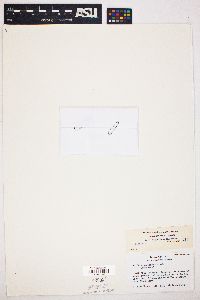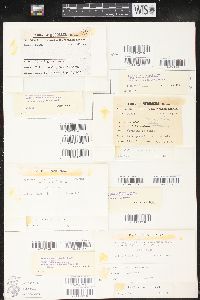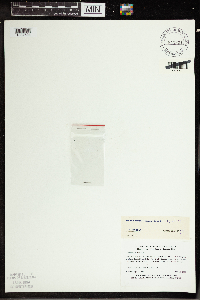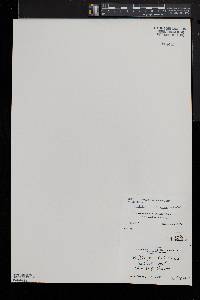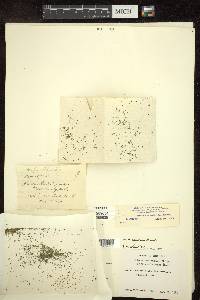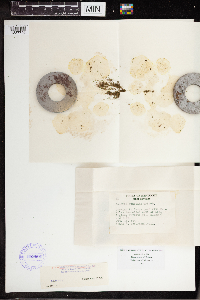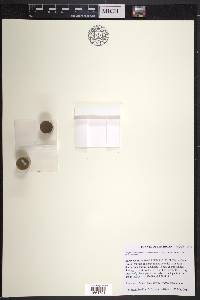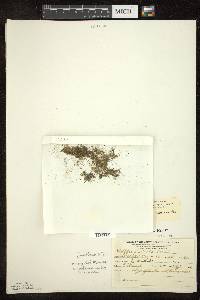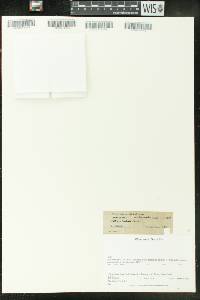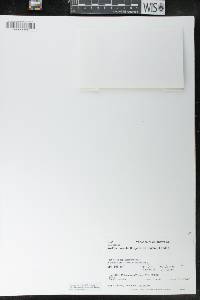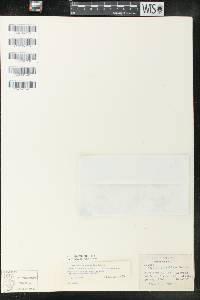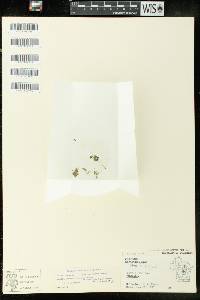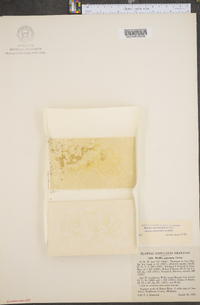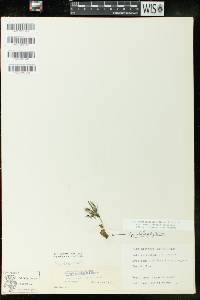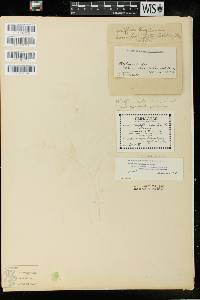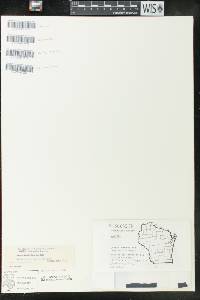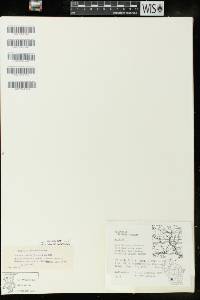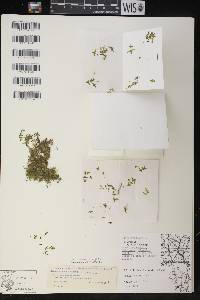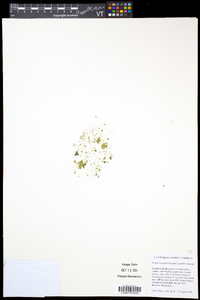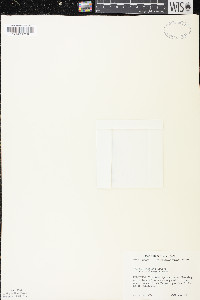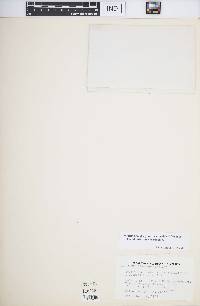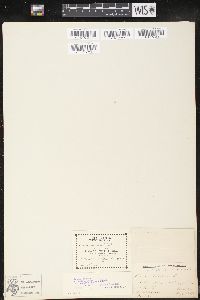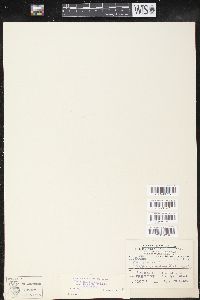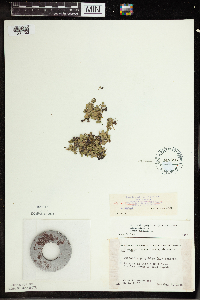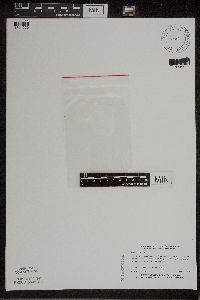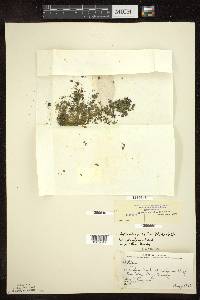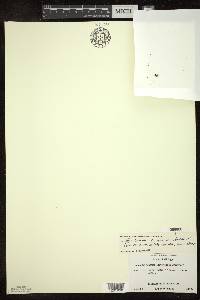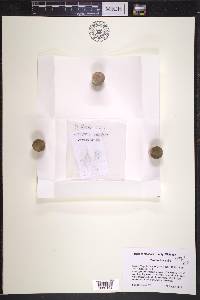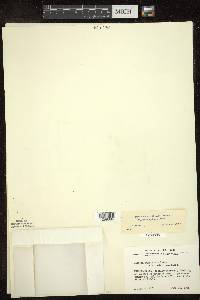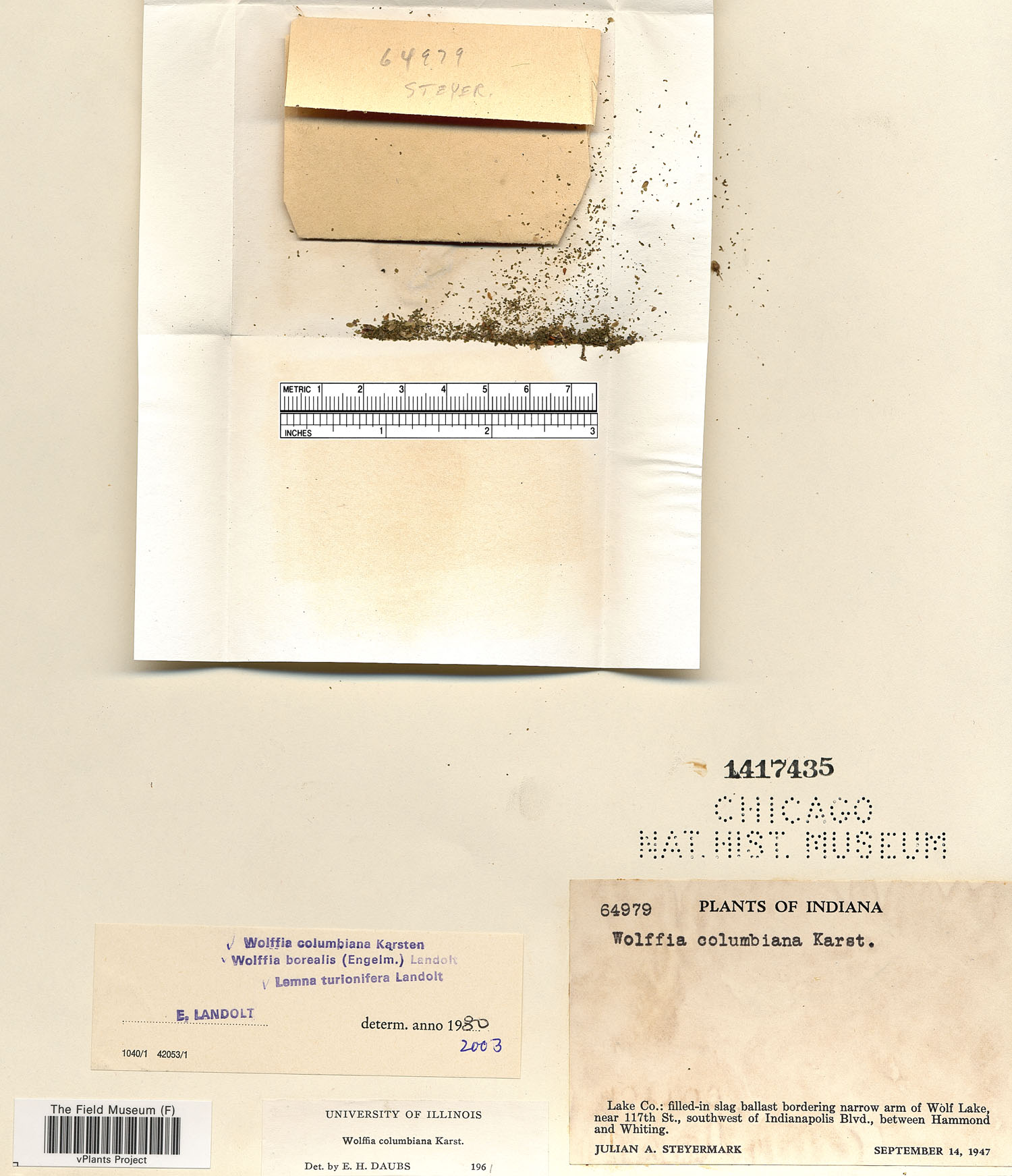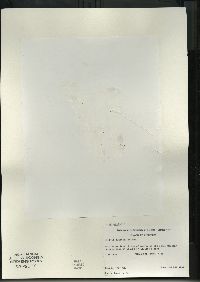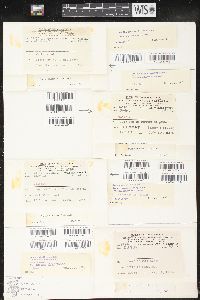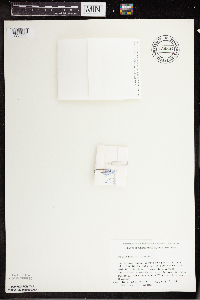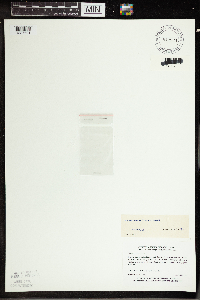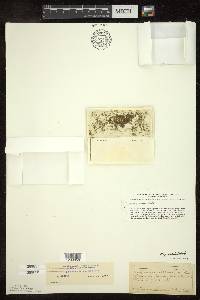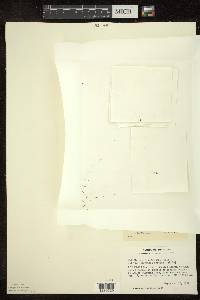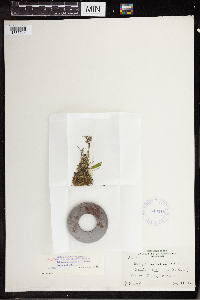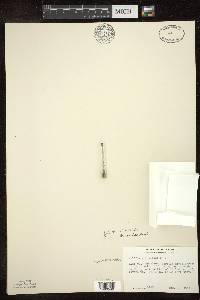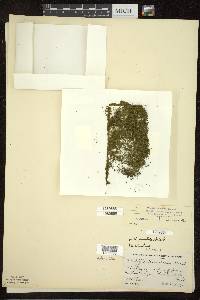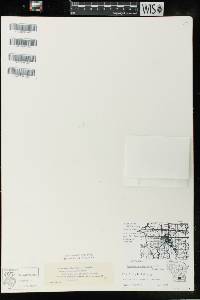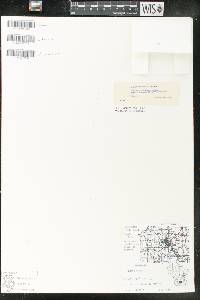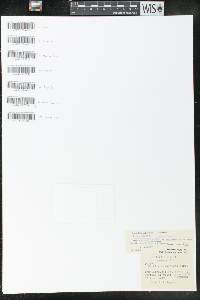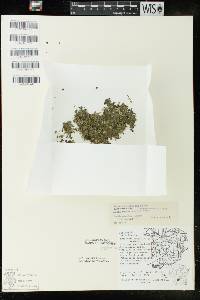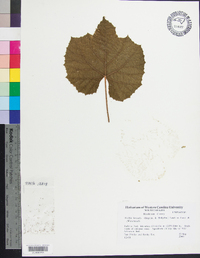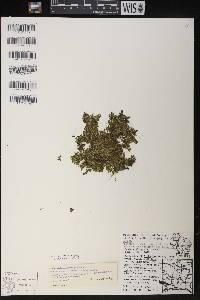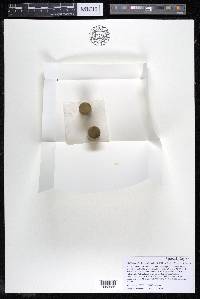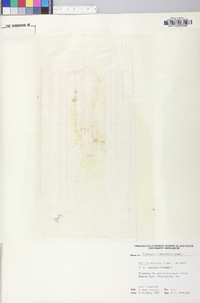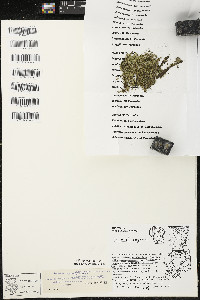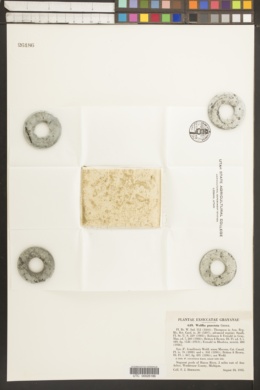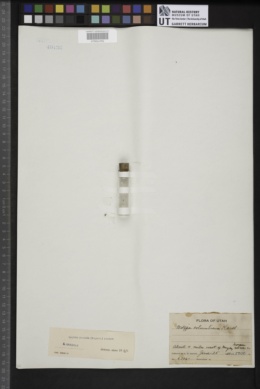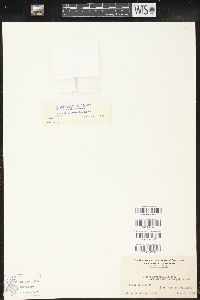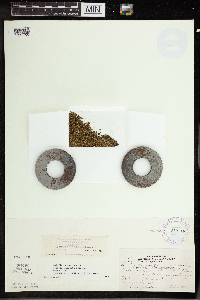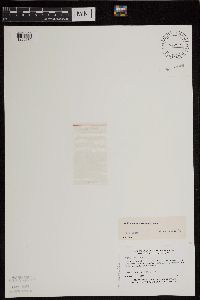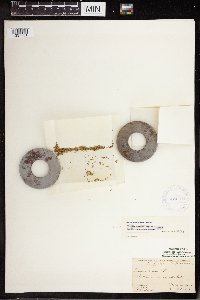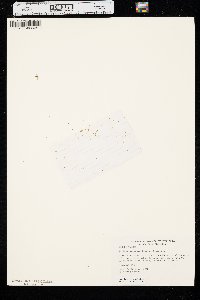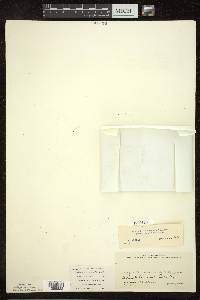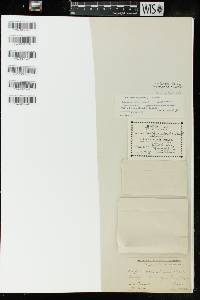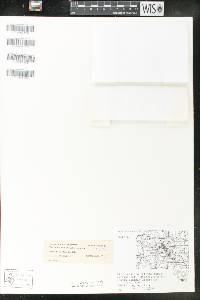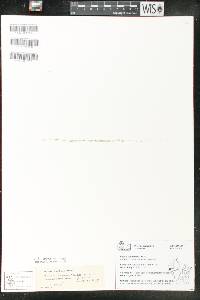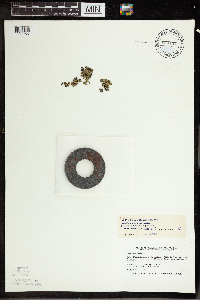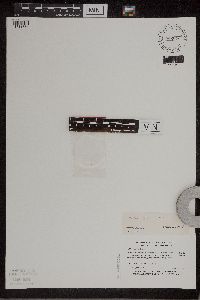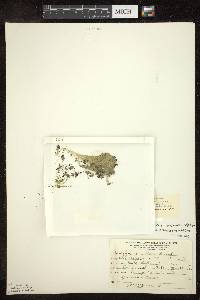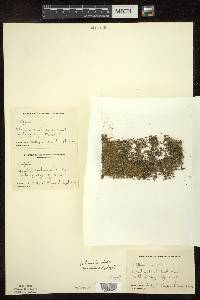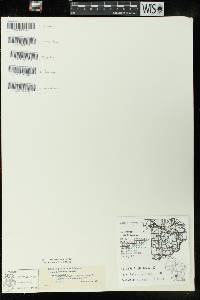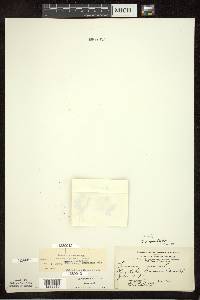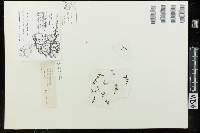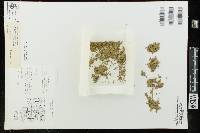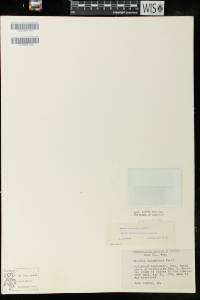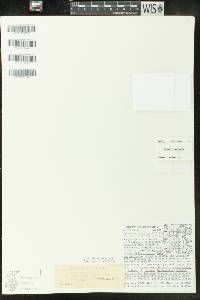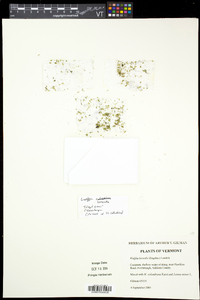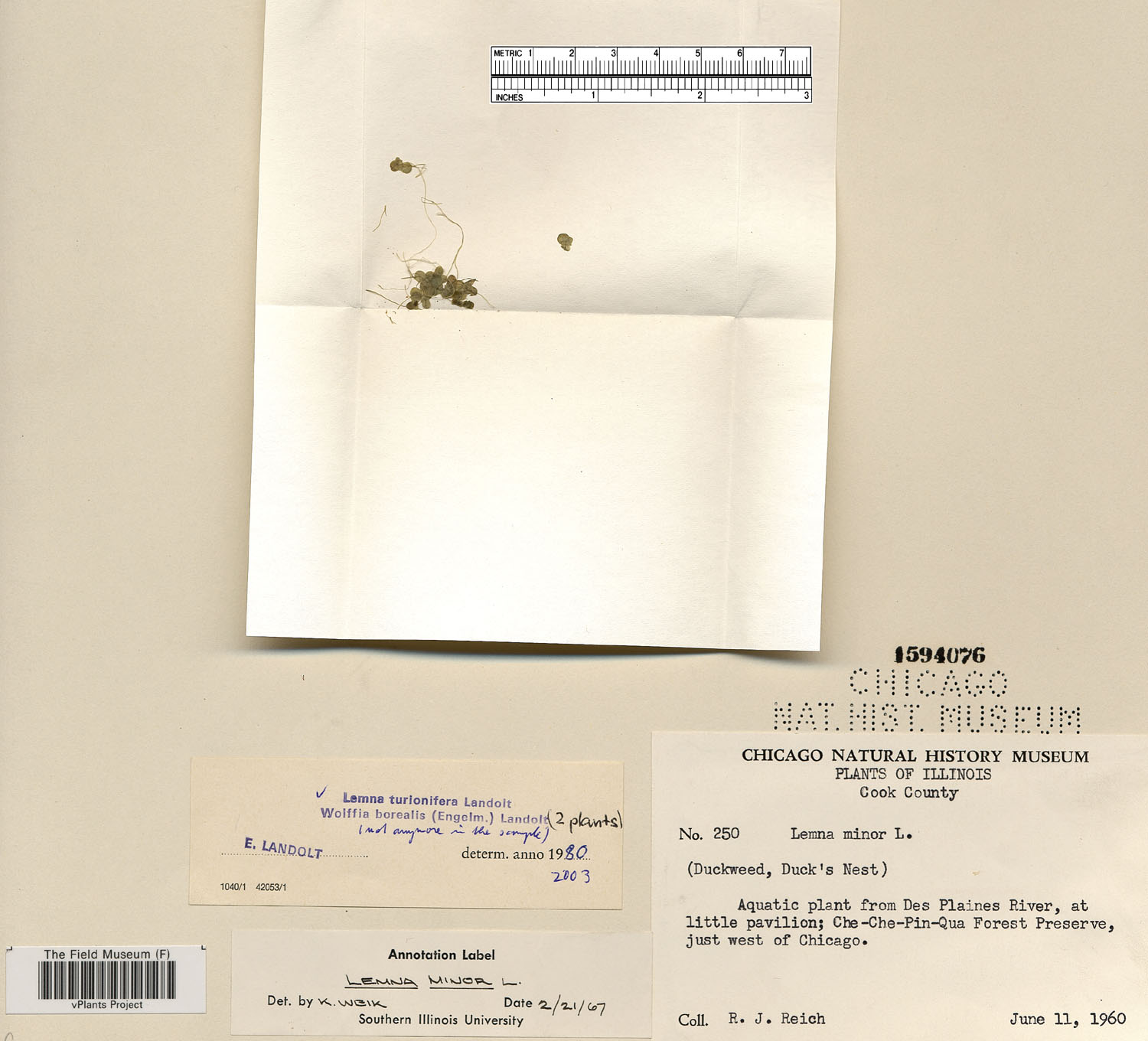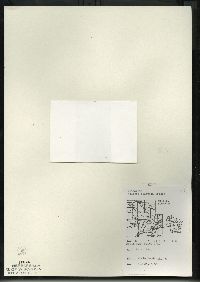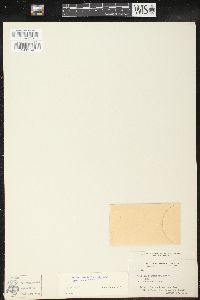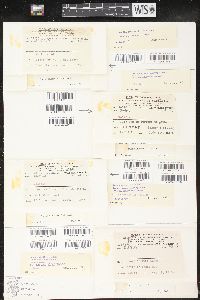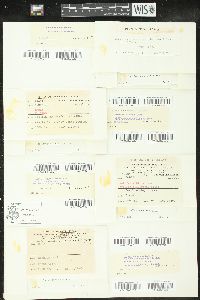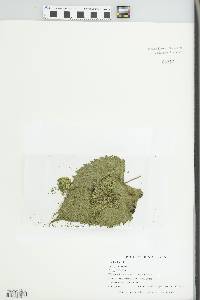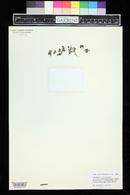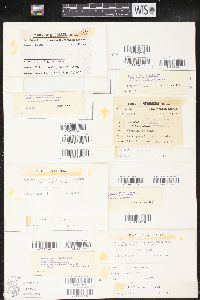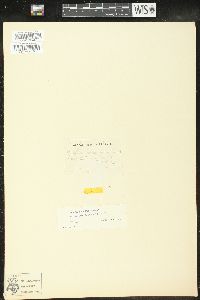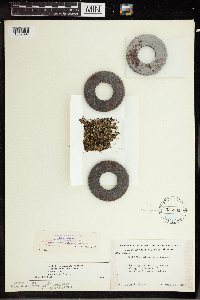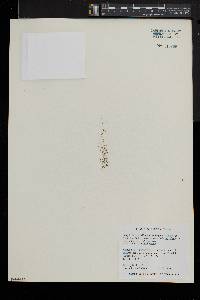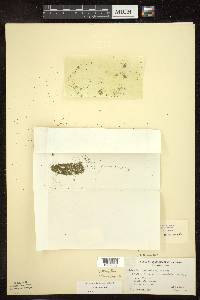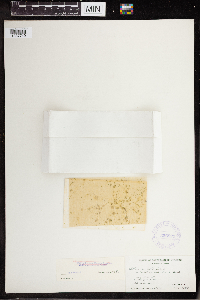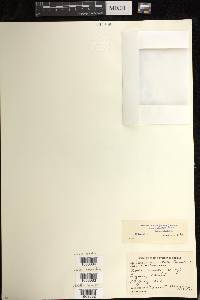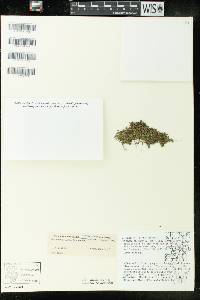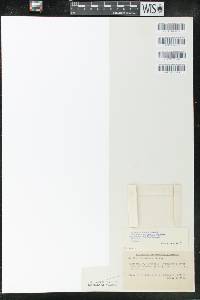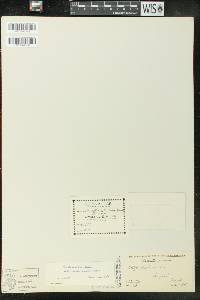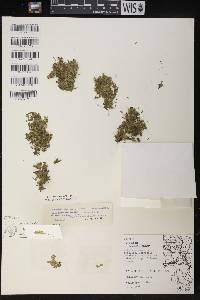Wolffia borealis
|
|
|
|
Family: Araceae
Northern Watermeal
[Wolffia brasiliensis var. borealis] |
Fronds boat-shaped, 0.7--1.5 mm, 1.3--2 times as long as wide, 0.7--1 times as deep as wide, with point at apex bent upward; papilla absent; upper surface intensely green, with 50--100 stomates; pigment cells present in vegetative tissue (visible in dead fronds as brown dots). 2n = 20, 22, 30, 40. Flowering (very rare) summer--early fall. Mesotrophic to eutrophic, quiet waters in temperate regions; 0--1400 m; Alta., B.C., Ont., Que.; Calif., Colo., Idaho, Ill., Ind., Iowa, Kans., Ky., Mass., Mich., Minn., Mo., Mont., Nebr., N.H., N.Y., Ohio, Okla., Oreg., Pa., S.Dak., Tenn., Utah, Vt., Wash., Wis. The name Wolffia punctata has been applied to this species in error. I know of no specimens of Wolffia borealis from Rhode Island.
Aquatic herb Flowers: occurring very rarely, borne one per plant body, lacking sepals and petals, with one stamen and one nearly smooth seed. Fruit: bladder-like (utricle) and thin-walled. Roots: absent. Plant body: not differentiated into stem and leaves, solitary or in pairs, green with scattered pigment cells visible under 10x magnification, 0.7 - 1.5 mm long, one and a third to two times as long as wide, three-quarters to one time as deep as wide, lacking projections and air spaces in tissue, always floating (even when crowded). A conical cavity at the tip produces daughter plants, while a cavity beside the midvein of the upper surface produces flowers. Similar species: Wolffia columbiana is distinguished by having a spherical plant body that is deeper than wide and lacks pigment cells. The plant body of Wolffia brasiliensis differs by having a rounded tip and a tent-shaped projection in the center. Flowering: summer to early fall Habitat and ecology: Quiet waters of lakes, ponds, ditches, and slow-moving rivers. This species is likely more common than records show. Occurence in the Chicago region: native Notes: The genus Wolffia consists of the world's smallest flowering plants. Etymology: Wolffia is named after J.F. Wolff, German botanist and physician (1778-1806). Borealis means northern. Author: The Morton Arboretum Thallus bright green and shiny above, pale beneath, ellipsoid to oblong-ovoid, symmetrical, mostly 0.1-1.2 נ0.2-0.5 mm, 1.3-2+ times as long as wide, ±pointed at both ends, the upper surface floating just above the water, punctate (post mortem) with brown pigment-cells, elevated distally into a terminal papilla; stomates 25-50; 2n=20, 30, 40. Quiet water; widespread in the U.S. and W.I., n. to Conn., s. N.H., s. Ont., and Minn., often with no. 3 [Wolffia columbiana H. Karst.], but more consistently forming a single layer with the upper surface exposed. (W. punctata, misapplied) Gleason, Henry A. & Cronquist, Arthur J. 1991. Manual of vascular plants of northeastern United States and adjacent Canada. lxxv + 910 pp. ©The New York Botanical Garden. All rights reserved. Used by permission. From Flora of Indiana (1940) by Charles C. Deam Locally abundant in the habitats of the genus. …… Indiana Coefficient of Conservatism: C = 4 Wetland Indicator Status: OBL |

